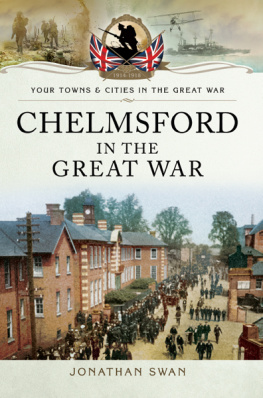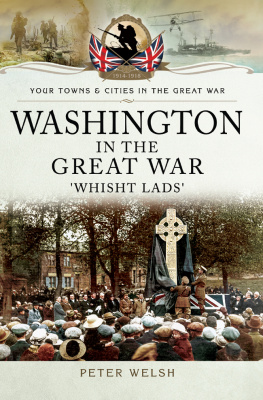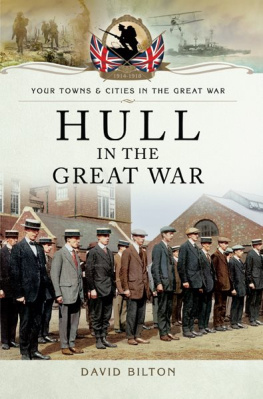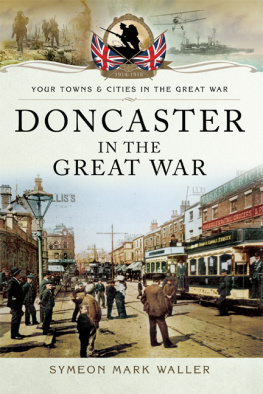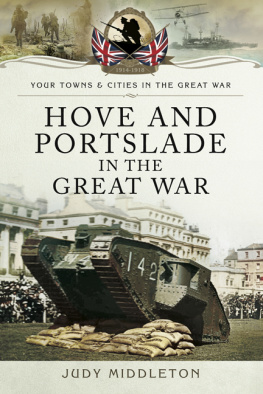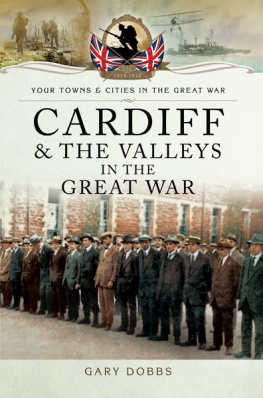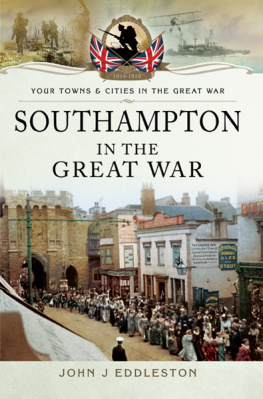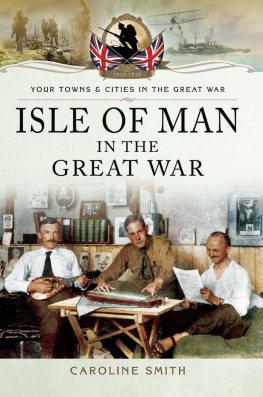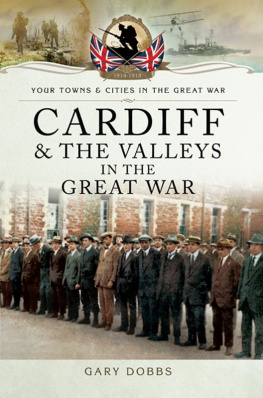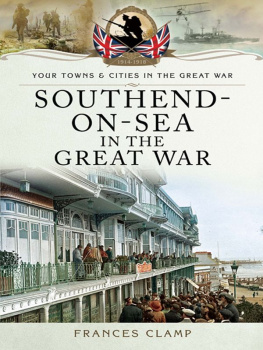To my wife Rebecca, for her unfailing support and enthusiasm throughout the whole process of researching and writing this book.
And to Jack and Jeremy, for their polite indifference.
First published in Great Britain in 2015 by
PEN & SWORD MILITARY
an imprint of
Pen and Sword Books Ltd
47 Church Street
Barnsley
South Yorkshire S70 2AS
Copyright Jonathan Swan, 2015
ISBN: 978 1 47382 114 9
EPUB ISBN: 978 1 47385 512 0
PRC ISBN: 978 1 47385 516 8
The right of Jonathan Swan to be identified as the author of
this work has been asserted by him in accordance with the Copyright,
Designs and Patents Act 1988.
A CIP record for this book is available from the British Library
All rights reserved. No part of this book may be reproduced or transmitted
in any form or by any means, electronic or mechanical including
photocopying, recording or by any information storage and retrieval
system, without permission from the Publisher in writing.
Printed and bound in England
by CPI Group (UK) Ltd, Croydon, CR0 4YY
Typeset in Times New Roman by Chic Graphics
Pen & Sword Books Ltd incorporates the imprints of
Pen & Sword Archaeology, Atlas, Aviation, Battleground, Discovery,
Family History, History, Maritime, Military, Naval, Politics, Railways,
Select, Social History, Transport, True Crime, Claymore Press,
Frontline Books, Leo Cooper, Praetorian Press, Remember when,
Seaforth Publishing and Wharncliffe.
For a complete list of Pen and Sword titles please contact
Pen and Sword Books Limited
47 Church Street, Barnsley, South Yorkshire, S70 2AS, england
E-mail:
Website: www.pen-and-sword.co.uk
Contents

Introduction

Chelmsford, as we survey it in 1914, is a small, prosperous provincial town. According to the recent 1911 census it has a population of 18,008, including those in the workhouse, industrial school and the prison. Although in the centre of a large agricultural region with an important market and milling, corn and seed concerns such as Marriages, as well as a number of breweries such as wells & Perry, the town is home to some very modern industrial factories. The Hoffman Manufacturing Company produces ball bearings to an astonishing level of precision and in vast quantities for the machines and engines of the Empire. Crompton & Co, electric light and power contractors, provides lighting systems used to illuminate whole towns. The Christy Brothers & Co and Christy & Norris also manufacture electrical lighting and power systems along with pumps, milling equipment and other machinery. And the jewel in the crown is the Marconi wireless Telegraph Company, working at the leading edge of radio communication. These firms, and others like them, employ large numbers of skilled workers and these they draw in from the surrounding area. To satisfy the demand for intelligent young people the town is well provided with good schools King Edward VI Grammar School, already over three hundred years old, and the new County High School for Girls, along with the seven public elementary schools: Trinity Road, Friars, Victoria in Church Street (boys) with Victoria in New Street (girls and infants), St. Johns, St. Peters, Springfield Green, and New London Road Catholic school. Technical and cultural education is provided at the Chelmsford School of Science and Art and agricultural and horticultural skills are developed at the East Anglian Institute of Agriculture.
To handle the increase in population brought by these major employers, the town corporation has plans for growth: the recent (1907) addition of the parish of Springfield brings opportunities for more housing to the north west of the town, whilst the small community of Great Baddow is already growing and will continue to do so once the roads are improved. The council is having little trouble finding tenants for the new working class housing in Rainsford Road and there are new homes for the middle classes in Swiss Avenue and in Braemar and Rothesay Avenues. Economic growth is fuelled by good transport links the Great Eastern Railway, with fast access to London and the rest of the region, and also by the Chelmer & Blackwater Canal Navigation, which brings in coal and other supplies to the heart of the town at Springfield Basin and the Chelmsford Gas Light & Coke Company.

The Borough of Chelmsford before the war.
A considerable amount of investment in public infrastructure has taken place in the last decade. The Post Office, Police Station, County Education Committee offices, Chelmsford Rural District Council offices, Public Library and Museum, and School of Art have all been built and opened between 1904 and 1913.
Health is, as always, the subject of much attention and opinion. There is the Chelmsford and Essex Hospital and Dispensary on New London Road, which has just (1909) been considerably enlarged, and there is an infectious diseases isolation hospital in Great Baddow. The 1911 National Insurance Act has helped extend medical care to the working classes of the borough, which is surprisingly healthy despite the heavy industry. The hospitals and the general practitioners working alone or in panels under the Act, still rely on fees from the wealthier patients and on charitable giving. Social care is also provided by the Chelmsford Union Workhouse, on Wood Street, and with a number of charitable homes for orphaned boys and girls, perhaps the best known being the Essex Industrial School & Home for Destitute Boys on Rainsford Road.
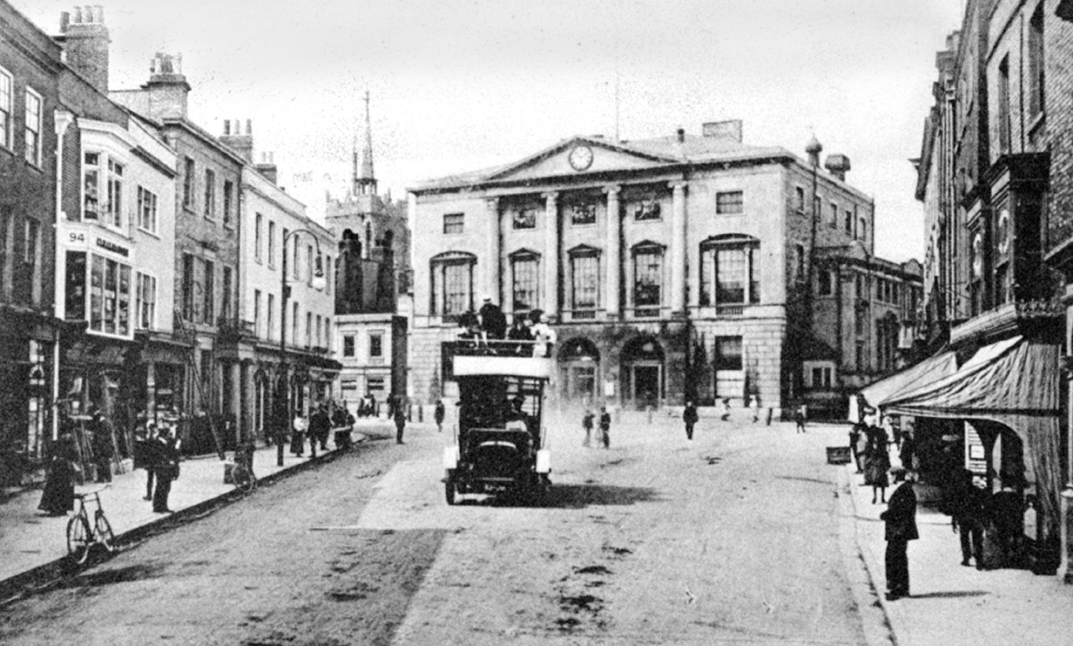
Shire Hall. [Spalding, authors collection]
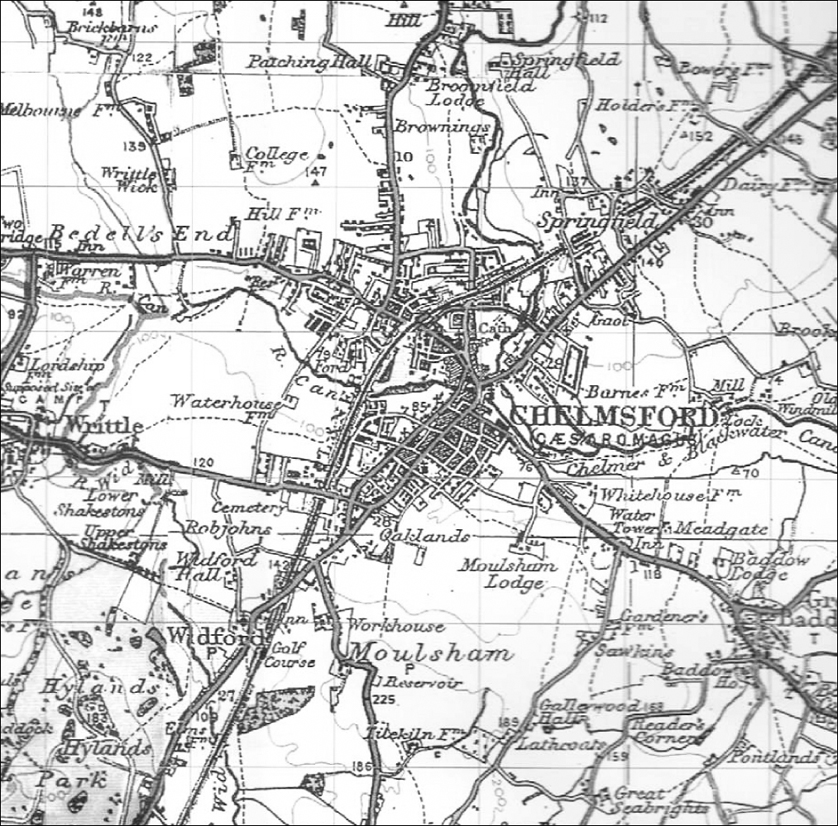
The Chelmsford district.
The Shire Hall, with the Crimean war gun on a plinth in front, is one of the grandest buildings in Chelmsford and is home to the Crown Court and magistrates court, as well as being used for meetings of borough council and the venue for many aspects of civic life in the borough (curiously, many of the meetings of the Essex County Council committees are held in River Plate House in Finsbury Square in London, close to Liverpool Street Station). Chelmsford as a parish includes Moulsham, to the south, and parts of Springfield and Writtle, added in 1907. Chelmsford as a borough is comprised of three wards: North, South and Springfield. The surrounding parishes are organized into the Chelmsford Union, which largely corresponds to the Chelmsford Rural District Council, comprising Boreham, Broomfield, Buttsbury, Chelmsford, Chignal, Danbury, the East, West and South Hanningfields, Great and Little Baddows, Great and Little Leighs, Great and Little walthams, Ingatestone and Fryerning, Margaretting, Mashbury, Pleshey, Rettendon, Roxwell, Runwell, Sandon, Springfield, Stock, Widford, Woodham Ferrers, and Writtle.
Chelmsford civic life is dominated by a group of influential individuals. The Mayor of the Corporation of Chelmsford is Alderman George Taylor JP and the deputy Mayor is Alderman Frank Whitmore. John Ockelford Thompson, the proprietor of the Essex Chronicle, is an alderman, as is the architect Frederick Chancellor JP, and Frederick Spalding, the photographer and owner of the Assembly Rooms. The men of the Quaker dynasties of the Marriages and the Christys are well represented on the many charitable bodies in the town.
Next page
